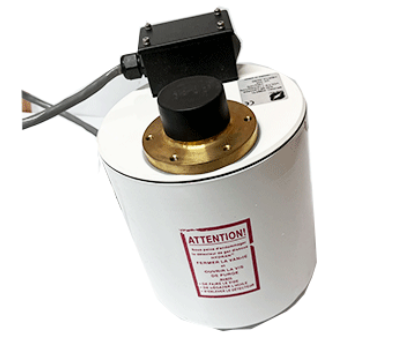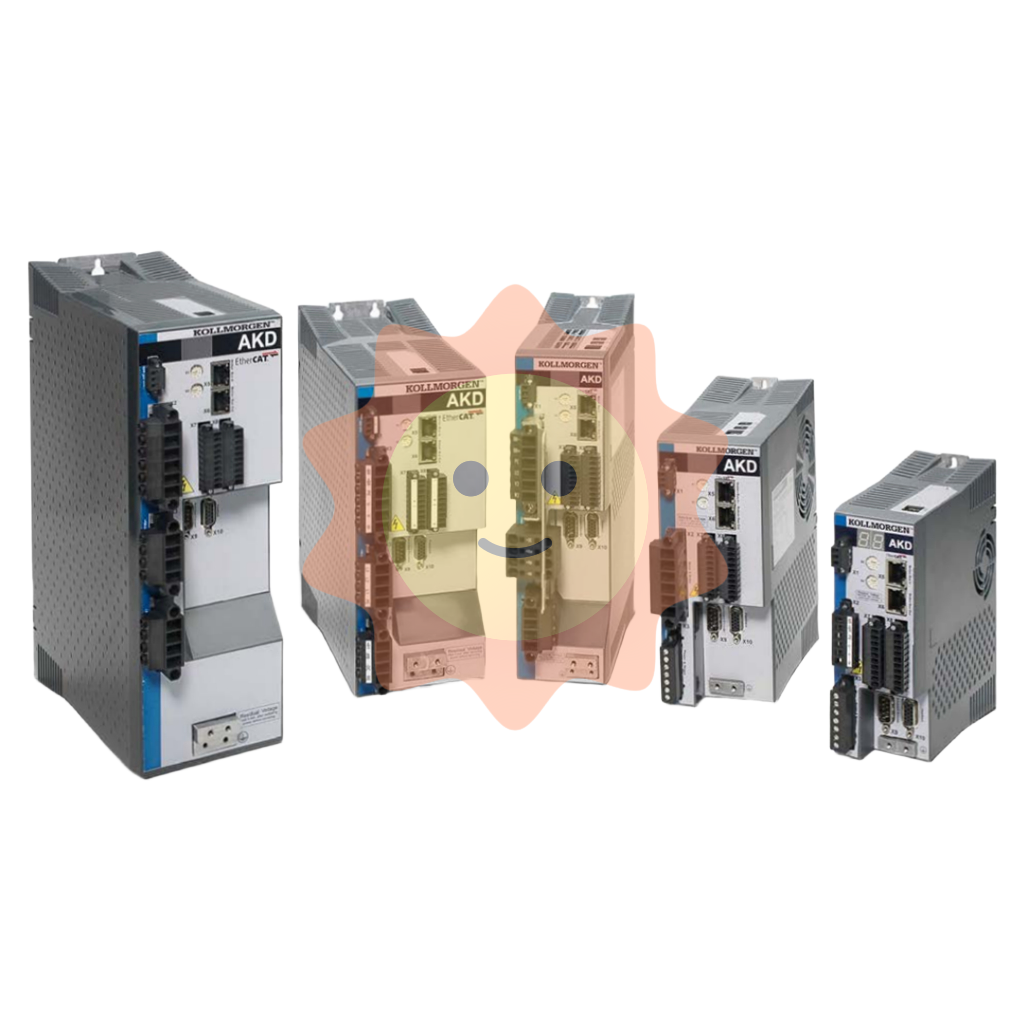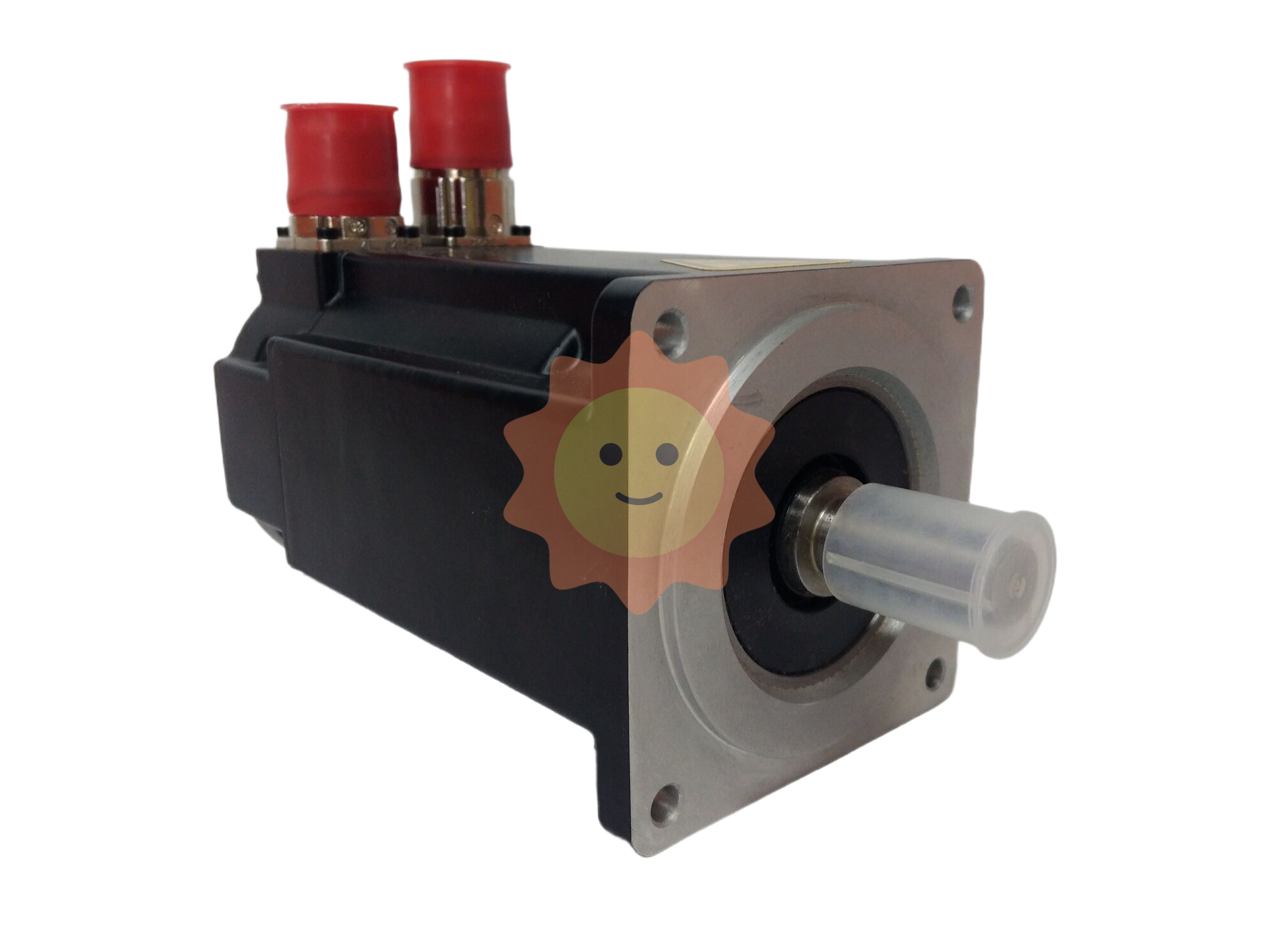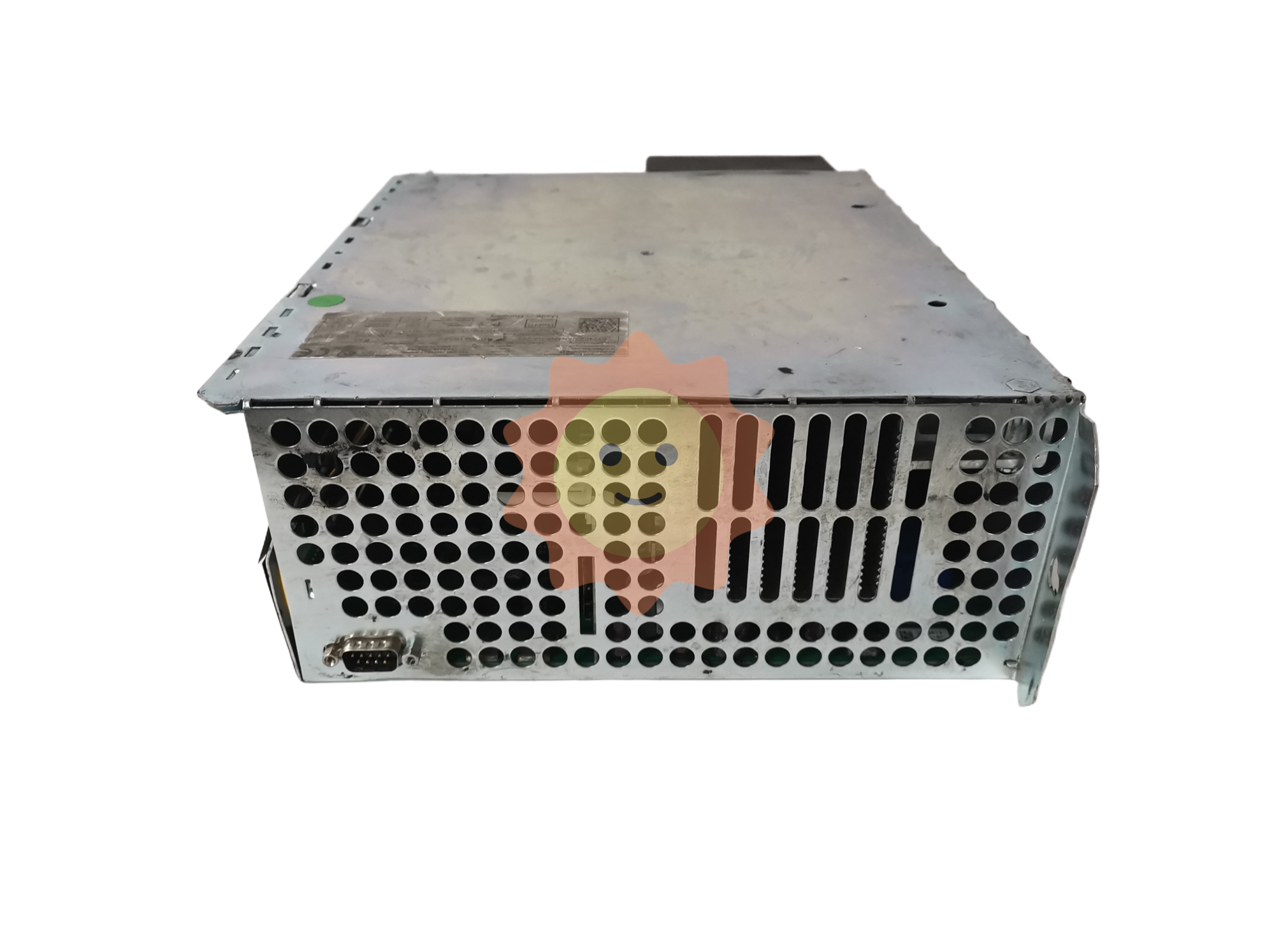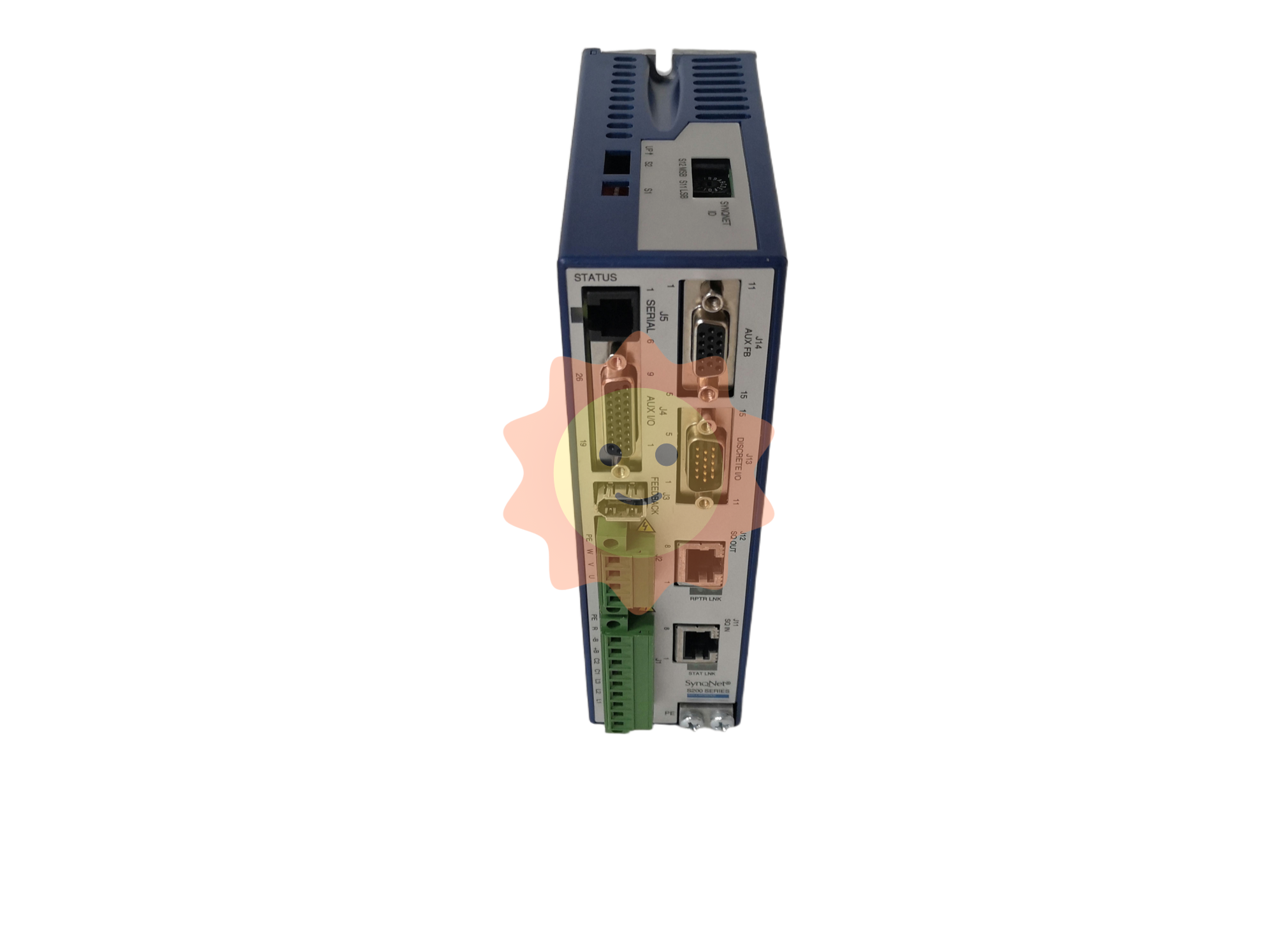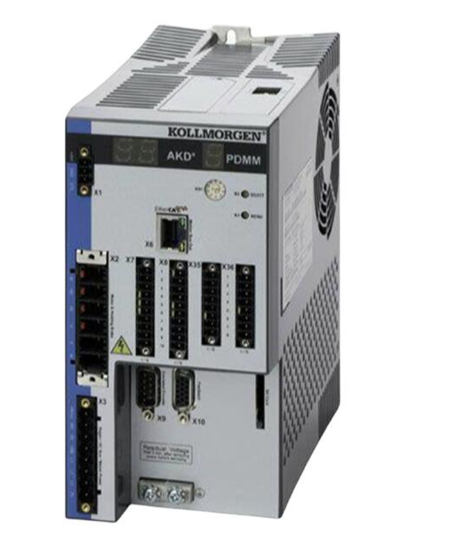The deep integration of digitalization and greening promotes the low-carbon development of new infrastructure
Set sail on the 14th Five-Year Plan, China's ecological civilization construction has entered a critical period from quantitative change to qualitative change. New infrastructure is not only an important area of energy conservation and carbon reduction, but also the driving force that enables thousands of industries to achieve the goal of "double carbon". Over the years, information infrastructure has actively promoted green development, strengthened the application and promotion of green technologies, and the energy consumption per unit of information traffic has been significantly reduced. However, with the acceleration of the digital development of the economy and society, the new infrastructure has entered a period of rapid development, and its total energy consumption has increased significantly, and the green transformation is facing greater pressure. Therefore, the "14th Five-Year Plan" period to continue to promote low-carbon development is an important direction of new infrastructure construction.
I. The overall energy consumption of new infrastructure increased rapidly during the 14th Five-Year Plan period
In recent years, the field of information and communication has actively adopted advanced technologies, vigorously promoted energy conservation, emission reduction and green transformation, and the energy use efficiency of information infrastructure has continued to improve, and the green energy conservation work has achieved remarkable results. According to statistics, the electricity consumption per unit of information traffic in the communications industry has dropped from 54.4 kWh/TB in 2017 to 31.7kWh/TB in 2020, a decrease of up to 42% in three years. Among them, the energy efficiency of base stations has been greatly improved with the large-scale deployment of 5G networks and the application of related energy-saving technologies. The test results of Theil System Laboratory of China Academy of Information and Communications Technology on all mainstream base stations in the current 4G/5G live network show that the energy efficiency of 5G base stations is 12 times that of 4G base stations in the case of peak throughput. The power usage efficiency (PUE) of data centers has also continued to decline, and the PUE of advanced green data centers in the industry has been reduced to about 1.1, reaching the world's leading level.

Although the energy consumption per unit of information flow continues to decline and the related energy efficiency has been greatly improved, as people enter the rapidly developing digital society, the demand for network, computing and storage resources is growing rapidly, and the new infrastructure, especially the information infrastructure, is still facing outstanding pressure to save energy and reduce consumption during the "14th Five-Year Plan" period.
Take data centers, which are big energy users in information infrastructure. In recent years, China's data center demand has grown at an average annual rate of 30%, and the total scale of China's data center racks has exceeded 5 million. With the expansion of the scale of data centers, the overall energy consumption of data centers has maintained rapid growth. According to estimates, from 2017 to 2020, the annual power consumption of data centers above designated size in China's information and communication field will increase by 28% annually. In 2020, it will reach 57.67 billion kWh, the highest increase in recent years (see Figure 1). According to the average annual growth rate of 30% in the number of data center racks in the future, it is expected that by the end of the "14th Five-Year Plan", its annual electricity consumption will double on the basis of 2020. This poses a huge challenge to the green and low-carbon development of data centers.
For example, communication base stations are the second largest energy consumer of information infrastructure. According to the statistics of China's three major basic telecom operators, the energy consumption of China's communication network continues to grow during the "13th Five-Year Plan" period, and the power consumption of China's communication base stations will reach 46.58 billion kWh in 2020.
Especially after the commercial use of 5G in 2019, the energy consumption brought by large-scale deployment of 5G base stations has a faster growth rate, and the year-on-year growth rate in 2019 and 2020 has reached 28% and 19%, respectively (as shown in Figure 2). According to the total number of 5G base stations reached 3.72 million stations at the end of the "14th Five-Year Plan", and the power consumption of a single station was 2kW, by the end of the "14th Five-Year Plan", the annual power consumption of 5G base stations was about 81.5 billion kWh. Taking into account the further deepening of 2G/3G base station frequency reduction, energy saving and emission reduction work and the construction of 4G/5G common station sites, the total power consumption of communication base stations is expected to reach 105 billion kWh in 2025 according to the average annual energy consumption reduction rate of 5%. China Electricity Council publicly released the "China Power Industry Annual Development Report 2021" proposed that in 2025, China's whole society electricity consumption will reach 9.5 trillion kWh. According to the above data, the electricity consumption of communication base stations in 2025 accounts for about 1.1% of the total social electricity consumption.
Second, the pressure of energy conservation is forcing the green and low-carbon development of new infrastructure
In order to cope with the pressure of rapid growth in energy consumption, continue to improve the energy efficiency of information infrastructure, help infrastructure reduce costs and increase efficiency, and achieve the goal of "carbon peak and carbon neutrality" in emission reduction, in recent years, the industry has actively explored and developed green low-carbon technologies and promoted their application.
At the data center level, the industry is actively exploring new green and low-carbon technologies at the IT equipment, supporting facilities and overall level. In terms of IT equipment, cloud computing and other technologies are continuously promoted to pool and virtualize data center resources, greatly improving the utilization of servers at the same energy consumption level. Technologies such as inter-cloud interconnection, cloud-side collaboration, and multi-cloud disaster recovery will greatly improve the overall network energy efficiency. At the same time, the data center micro-module technology, which integrates the main equipment and supporting facilities, also plays an important role in helping to improve the energy efficiency of the data center. In terms of refrigeration technology, near-end cooling technologies such as inter-column cooling and backplane cooling, as well as energy-saving technologies using natural cold sources such as indirect evaporation cooling, have been applied on a large scale, and the effect of energy saving and emission reduction is remarkable. At the same time, the new refrigeration system represented by liquid cooling technology has gradually matured and is steadily promoting its industrialization process. In terms of power supply and distribution system, the landing application of modular UPS, high voltage DC power supply, one direct power supply, one guarantee power supply and other technologies effectively reduces the power loss of the power supply and distribution system. With the decline in the cost of new energy systems such as photovoltaic, the proportion of green energy direct supply capacity in data centers is also rising. At the overall level of the data center, the comprehensive energy management technology, which collects and analyzes various data such as temperature, humidity, voltage, current and power of the data center, and dynamically optimizes the working status of equipment and systems in various professional fields in real time through artificial intelligence and big data technology, is also continuously promoted. In addition, the application of waste heat recovery technology in data centers has also effectively improved the energy use efficiency of the whole society.

In terms of 5G base stations, the construction of green base stations will be comprehensively promoted from the level of network, main equipment and supporting infrastructure. At the level of network and main equipment, software energy-saving technologies such as wireless network sub-frame shutdown, channel shutdown, shallow hibernation, and deep hibernation are promoted throughout the network, and the energy efficiency of 5G network is greatly improved through different working state control of main equipment based on load. At the same time, the wireless network uses C-RAN architecture to simplify the configuration of power and air conditioning, reduce the power consumption of supporting facilities, and improve the overall energy efficiency of the base station. Actively promote the co-construction and sharing of 5G networks and base stations, and significantly reduce carbon emissions. At the level of supporting facilities, it synchronously promotes natural cold source applications including fresh air, heat exchange, heat pipe, etc., and the energy efficiency is increased to tens of times compared with traditional base station air conditioners. In addition, in areas where conditions exist, the construction of photovoltaic or wind energy systems encourages the application of more green energy by prioritizing the use of renewable energy technologies to achieve the goal of reducing carbon at the source. At the same time, boost power supply technology and digital energy storage technology are used to continuously promote the energy efficiency of the base station power supply system.
In terms of communication networks, we will actively build a fully optical, wide coverage, large capacity, flat, intelligent and efficient cloud network fusion information infrastructure. Through optical fiber access to replace copper cable access, create an all-optical transmission network, effectively reduce photoelectric conversion, greatly reduce network energy consumption. Focus on building "one physical network, multiple logical service networks" to reduce the number of network node devices and energy consumption. The backbone network introduces large capacity and energy efficiency network equipment. New network technologies such as SRv6, EVPN, and FlexE are deployed, and end-to-end SDN controllers are introduced to improve network intelligence and service capabilities. In addition, 2G streamlining and 3G frequency reduction work were carried out, and old and energy-consuming equipment was eliminated to continuously improve network performance.
Third, new infrastructure has great potential to help the low-carbon development of thousands of industries
New infrastructure is not only an important area of energy conservation and carbon reduction, but also a booster that enables thousands of industries to enter the path of green and low-carbon development. The new infrastructure promotes the use of digital technologies such as big data, cloud computing, artificial intelligence, and the Internet of Things in key areas of energy use in China. On the one hand, it can help reduce carbon emissions through energy optimization, cost optimization, risk prediction and decision control, and on the other hand, it can help realize the digital management of carbon assets and carbon emission tracking. According to the Smart 2030 report released by the Global E-Sustainability Advancement Association, digital technologies are expected to contribute 20% of global carbon emissions reduction in the next ten years by empowering other industries.
Take the industrial Internet for example. Industrial Internet can help research and development design, based on artificial intelligence, big data and other technologies, rapid development of low-carbon products, to achieve source emission reduction. Secondly, the industrial Internet can help production and manufacturing to achieve process emission reduction. For example, enterprises can use the industrial Internet to transmit production equipment operation data, etc., and optimize on-site planning and material scheduling through in-depth analysis to improve energy and material utilization efficiency. For example, the industrial Internet can intelligently control key equipment, build blast furnace expert systems, optimize process operations in real time, and achieve efficient use of energy. It can also be based on technology such as machine vision to grade waste materials and improve resource reuse. In addition, promote the construction of centralized energy management and control platforms, through in-depth analysis of energy consumption data corresponding to different energy types, rationally formulate energy use plans, and further increase the proportion of green energy use and comprehensive energy use efficiency.
Another example is smart energy infrastructure. In the power generation sector, smart energy infrastructure can flexibly deploy traditional power generation capacity through artificial intelligence and big data technology on the basis of predicting future weather conditions to help build a "new power system construction with new energy as the main body". In the transmission and distribution link, the smart energy infrastructure can also effectively promote the intelligent operation and maintenance, condition monitoring, fault diagnosis and comprehensive management capabilities of the power grid's transmission and distribution network, and comprehensively utilize the new generation of digital technology to improve the equipment fault response speed and operation and maintenance efficiency based on the comprehensive perception of power iot through edge cloud cooperation. On the user side, smart energy infrastructure can help users fine-manage their own energy consumption, accurately and quickly locate high-energy consumption and high-carbon emission electricity consumption links, and intelligently analyze user electricity consumption behaviors, so as to help users optimize power scheduling and matching schemes, so as to improve power efficiency and reduce carbon emissions.

Another example is intelligent transportation infrastructure such as the Internet of vehicles. In terms of vehicles, the Internet of vehicles can help vehicle intelligence and electrification, help vehicles achieve intelligent driving scenarios such as traffic guidance, parallel assistance, formation driving, and ecological path planning, and help drivers avoid driving behaviors such as sharp acceleration and deceleration and ineffective idle caused by emergencies or bad road conditions through digital means, effectively reducing driving energy consumption. In terms of traffic control, the Internet of vehicles can achieve "person-vehicle - road - station - cloud" collaboration, which can create application functions such as intersection priority, accurate guidance, over-the-horizon perception, and improve vehicle driving safety and operating efficiency. In terms of public travel, the Internet of vehicles can optimize the level of public transport service, promote the transformation of social groups' travel habits, effectively improve the usage rate and sharing rate of vehicles, and achieve comprehensive carbon emission reduction.
Fourth, the "14th Five-Year Plan" period of new infrastructure green and low-carbon development path
The "14th Five-Year Plan" is not only a key period for China's "double carbon" development, but also an important window period for China's new infrastructure construction. We must actively promote the energy conservation and consumption reduction of new infrastructure, but also give full play to the green enabling role of information infrastructure, promote the deep integration of digitalization and green, and help economic and social development open a green low-carbon road.
1. Vigorously promoting the green transformation of the energy structure. Promote the energy supply of new infrastructure from the traditional coal, oil, natural gas and other fossil energy, gradually to non-fossil energy transition. For example, in the field of data centers, green energy supply can be achieved by building renewable energy power stations or purchasing green certificates. In the field of communication base station room, the construction of stacked light and stacked wind base stations, and the priority of using renewable energy sources to accelerate the green upgrade of energy structure.
2. Continuously improving energy efficiency. We will vigorously promote research, development and application of new energy-saving and green technologies in infrastructure. Promote the application of energy saving and emission reduction technologies in the field of information infrastructure, such as main equipment, refrigeration systems and power supply systems, to achieve the goal of energy saving and carbon reduction. Implement the Implementation Plan for the Computing Power Hub of the National Integrated Big Data Center Collaborative Innovation System, accelerate the implementation of the "East number and West calculation" project, and optimize the layout of data centers. Strengthen the ability of technological research, break through the bottleneck of green and low-carbon technology, and accelerate the application process in the network. Establish and improve the green and low-carbon standard system to lead the low-carbon development of the industry.
(3) Significantly reduce carbon emissions and environmental impact. Actively reduce the discharge of waste water, waste gas and waste residue in the production process of new infrastructure, and reduce the environmental impact by controlling the discharge of harmful substances. By promoting the waste product recycling system and cross-field and cross-industry cascade application, the service life is extended and the environmental impact is reduced. In addition, waste products with no use value will be submitted to qualified recycling and processing enterprises, and strive to maximize the utilization of resources and harmless treatment.

4. Promoting comprehensive energy utilization and resource recycling. Promote recycling from both energy and resource dimensions. In terms of comprehensive energy utilization, a comprehensive energy management and control platform is built, a "cloud-tube-edge-end" architecture is built, relevant data of the whole process is collected, and relevant algorithms and information technology are used to achieve intelligent prediction, decision analysis and remote control, comprehensively improving energy efficiency. In terms of comprehensive utilization of resources, promote the coordination and coordination between the information and communication field and other fields, such as promoting the recovery of waste heat in data centers and their own use or transport to the heating system of office buildings or surrounding hotels, swimming pools and other places to greatly improve the comprehensive utilization level of energy and resources.
5. Giving full play to the enabling role of information infrastructure Vigorously promote the integration of information infrastructure with traditional fields, and develop integrated infrastructure. Based on the new infrastructure, we will vigorously promote the green transformation of high-energy-consuming areas enabled by digital technology, build green manufacturing, sustainable energy networks and low-carbon transportation networks, etc., and promote the realization of the domestic "double carbon" goal and the construction of "beautiful China".
- EMERSON
- Honeywell
- CTI
- Rolls-Royce
- General Electric
- Woodward
- Yaskawa
- xYCOM
- Motorola
- Siemens
- Rockwell
- ABB
- B&R
- HIMA
- Construction site
- electricity
- Automobile market
- PLC
- DCS
- Motor drivers
- VSD
- Implications
- cement
- CO2
- CEM
- methane
- Artificial intelligence
- Titanic
- Solar energy
- Hydrogen fuel cell
- Hydrogen and fuel cells
- Hydrogen and oxygen fuel cells
- tyre
- Chemical fiber
- dynamo
- corpuscle
- Pulp and paper
- printing
- fossil
- FANUC
- Food and beverage
- Life science
- Sewage treatment
- Personal care
- electricity
- boats
- infrastructure
- Automobile industry
- metallurgy
- Nuclear power generation
- Geothermal power generation
- Water and wastewater
- Infrastructure construction
- Mine hazard
- steel
- papermaking
- Natural gas industry
- Infrastructure construction
- Power and energy
- Rubber and plastic
- Renewable energy
- pharmacy
- mining
- Plastic industry
- Schneider
- Kongsberg
- NI
- Wind energy
- International petroleum
- International new energy network
- gas
- WATLOW
- ProSoft
- SEW
- wind
- ADVANCED
- Reliance
- YOKOGAWA
- TRICONEX
- FOXBORO
- METSO
- MAN
- Advantest
- ADVANCED
- ALSTOM
- Control Wave
- AB
- AMAT
- STUDER
- KONGSBERG
- MOTOROLA
- DANAHER MOTION
- Bently
- Galil
- EATON
- MOLEX
- Triconex
- DEIF
- B&W
- ZYGO
- Aerotech
- DANFOSS
- KOLLMORGEN
- Beijer
- Endress+Hauser
- MOOG


Email:wang@kongjiangauto.com

